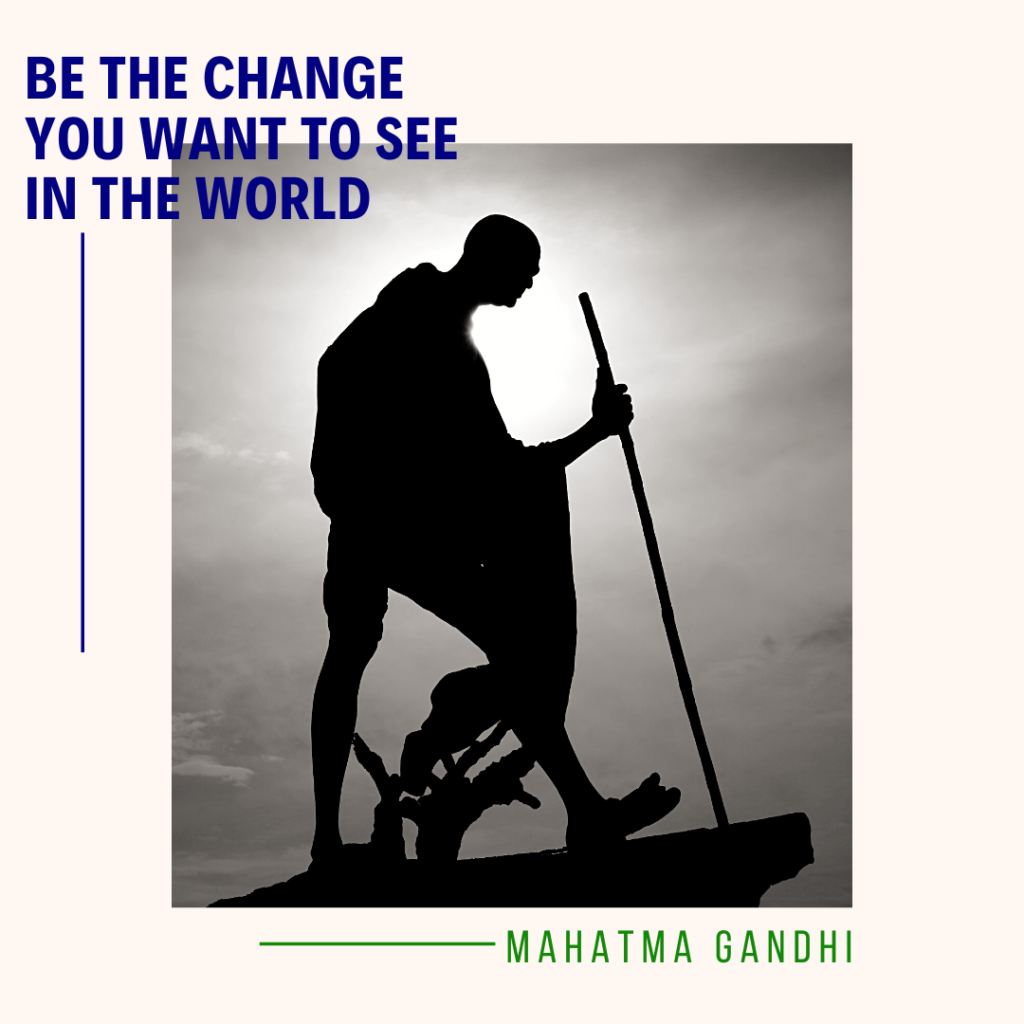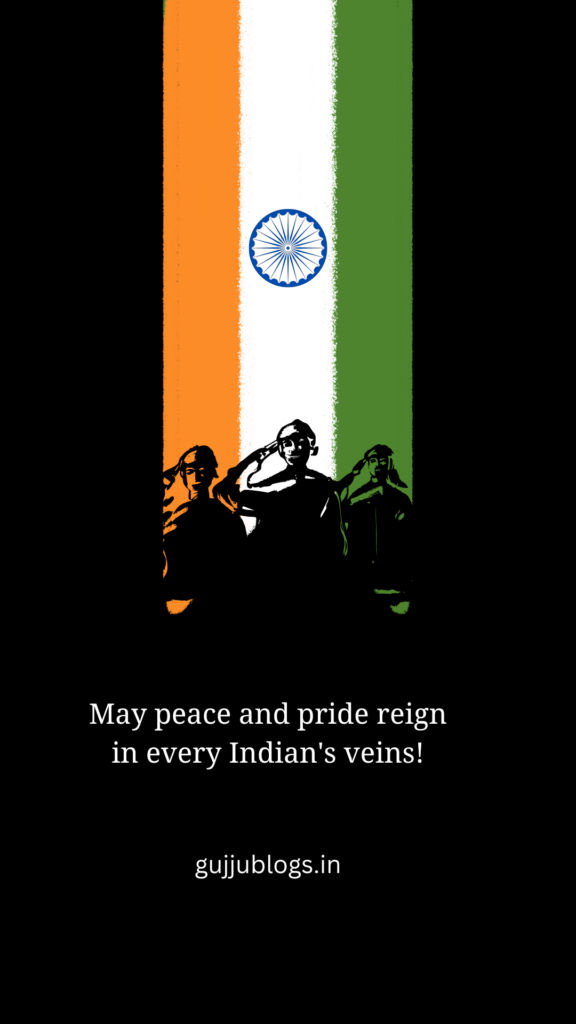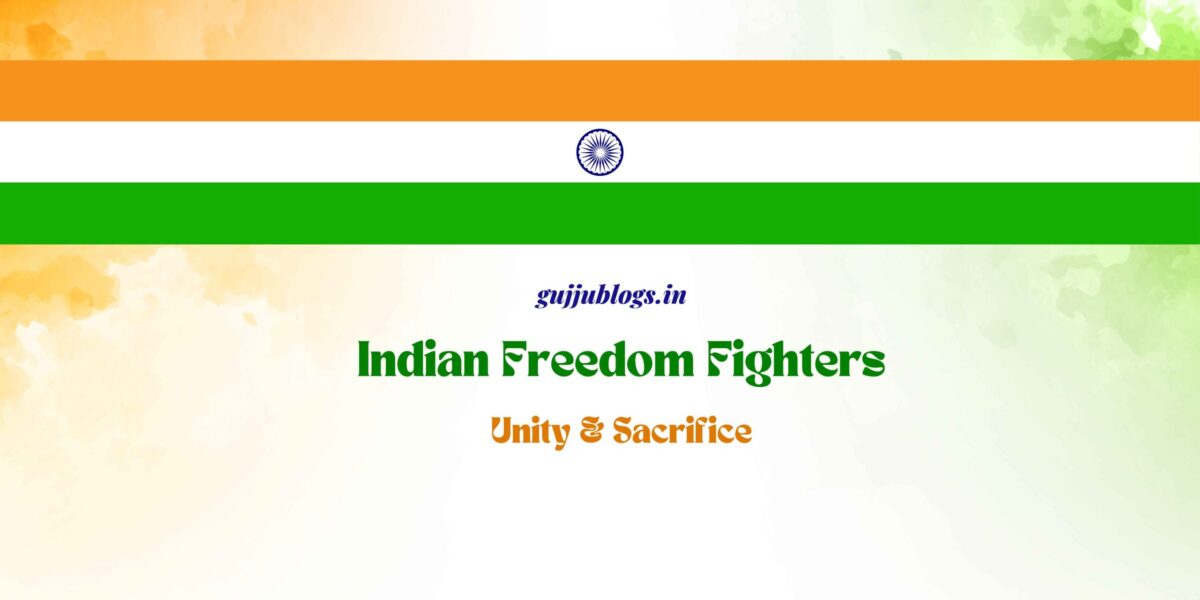India’s freedom struggle was a long and difficult one, but it was also a time of great heroism and sacrifice. Many brave individuals emerged as freedom fighters, leading a remarkable movement that altered the course of history.
Our Freedom Fighters

One of the most prominent figures in the freedom struggle was Mahatma Gandhi, who is often referred to as the “Father of the Nation.” Gandhi was a champion of nonviolent resistance, and he advocated for civil disobedience and peaceful protests against oppressive British policies. His Salt March in 1930, a 240-mile journey to the Arabian Sea to protest salt taxes, became iconic and galvanized millions of Indians.
Another important figure in the freedom struggle was Subhas Chandra Bose, who believed in more aggressive measures to achieve independence. Bose formed the Indian National Army (INA) during World War II with the goal of overthrowing British rule with the support of Japan. His famous slogan “Give me blood, and I shall give you freedom” resonated with many Indians who were tired of British rule.
Bhagat Singh, Rajguru, and Sukhdev were three young revolutionaries who sacrificed their lives for the cause of independence. They were executed by the British in 1931, but their deaths inspired a new generation of freedom fighters.
Jallianwala Bagh Massacre
The Jallianwala Bagh massacre in 1919 was a horrific event that further fueled the fire of the independence movement. In this massacre, British troops opened fire on peaceful protesters in Amritsar, killing hundreds of people. This incident remains a stark symbol of colonial brutality and galvanized the Indian people to continue fighting for their freedom.
Other important leaders in the freedom struggle included Jawaharlal Nehru, Sardar Patel, and Maulana Azad. These men played pivotal roles in steering the movement politically and ideologically. Nehru was a charismatic leader who articulated the vision of an independent India. Patel was a shrewd political strategist who helped to unify the country after independence. Azad was a scholar and theologian who inspired many Indians with his commitment to nonviolence and social justice.
Women also played a significant role in the freedom struggle. Sarojini Naidu, Kasturba Gandhi, and Aruna Asaf Ali were among the many women who marched alongside men, challenged gender norms, and were integral to the fight for independence.

The Partition of India
The independence movement ultimately succeeded in achieving its goal, but the victory was bittersweet. In 1947, India was partitioned into two dominions, India and Pakistan. This partition led to widespread violence and displacement, and it remains a source of tension in the region today. While India achieved independence, the violence and displacement that accompanied partition left scars that continue to shape the subcontinent’s narrative.
Conclusion
The legacy of the freedom fighters who fought for India’s independence endures. Their efforts showcased India’s resilience and diversity and inspired movements for justice and equality worldwide. The struggle for independence remains a source of inspiration, reminding us of the price paid for the liberty enjoyed today.
